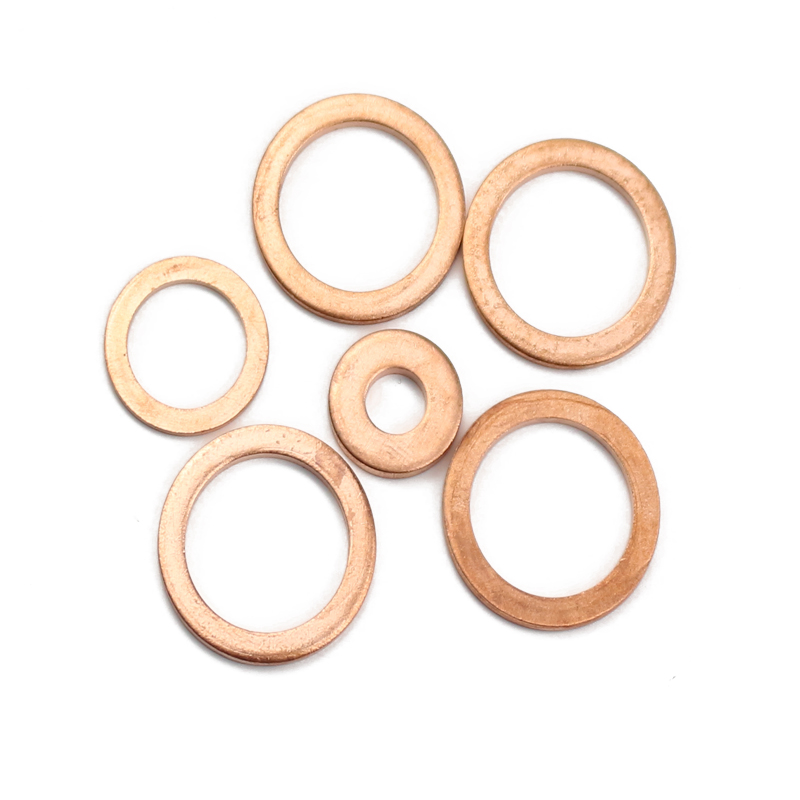Seals for Transmission Oil Coolers in Automotive Applications
The Importance of Transmission Oil Cooler Seals
Transmission oil cooler seals play a crucial role in maintaining the efficiency and longevity of a vehicle's transmission system. These seals are designed to prevent leaks and ensure the proper circulation of transmission fluid, which is vital for lubricating components, dissipating heat, and enabling smooth gear shifts. Understanding the function, common issues, and maintenance of transmission oil cooler seals can help prolong the life of your vehicle and improve its overall performance.
Function of Transmission Oil Cooler Seals
Transmission oil coolers are essential in vehicles, especially those that are subjected to heavy loads or extreme driving conditions. When the transmission fluid reaches high temperatures, it can become less effective in lubricating the intricate components of the transmission. This is where oil cooler seals come into play. They help maintain a secure connection between the transmission and the cooler, ensuring that the fluid circulates efficiently. By keeping the transmission fluid cool, these seals help to prevent overheating, which can lead to transmission failure.
Moreover, proper sealing is crucial in preventing contaminants from entering the transmission system. Dirt, debris, and moisture can compromise the integrity of the transmission fluid, leading to increased wear and tear on components. Oil cooler seals are designed to create a barrier that protects the fluid and the transmission itself from external contaminants, thus enhancing the overall operational reliability of the vehicle.
Common Issues with Transmission Oil Cooler Seals
Like any component in a vehicle, transmission oil cooler seals can wear out over time. The most common issues associated with these seals include leaks, deterioration, and failure due to improper installation or sustained exposure to extreme temperatures. A leaking seal can lead to a significant loss of transmission fluid, resulting in overheating and potential damage to the transmission over time.
transmission oil cooler seals

Deterioration can occur as seals age, especially when exposed to high temperatures and harsh environmental conditions. Signs of worn or deteriorating seals include visible fluid leaks around the area of the cooler and transmission, which can often be spotted as red or brown stains on the ground where the vehicle is parked.
Maintenance and Replacement
Regular maintenance is essential for the longevity of transmission oil cooler seals. Vehicle owners should periodically inspect the transmission fluid level and condition. If the fluid appears dirty or has a burnt smell, it may be time for a change. Additionally, routine checks for leaks around the oil cooler and transmission can help catch any issues early before they escalate into more serious problems.
If a leak is detected, the problematic seals should be replaced as soon as possible. Most mechanics recommend using OEM (Original Equipment Manufacturer) seals to ensure the best fit and performance. During replacement, it's vital to follow proper installation procedures to avoid future issues. In some cases, when replacing seals, it may also be a good time to consider flushing the transmission system to remove any built-up contaminants.
Conclusion
In conclusion, transmission oil cooler seals are integral components that help maintain the performance and durability of a vehicle's transmission. Their ability to prevent leaks and protect against contaminants is essential for ensuring that the transmission fluid operates effectively. By understanding the importance of these seals and regularly maintaining them, vehicle owners can help avoid costly repairs and prolong the lifespan of their transmission systems. Regular inspections, timely fluid changes, and prompt repairs can make a significant difference in the overall health of your vehicle, ensuring a smooth and reliable driving experience for years to come.
-
The Ultimate Guide to Car Repair Kits: Tools and Essentials Every Driver Should Own
News Aug.01,2025
-
The Complete Guide to Oil Pan Gaskets: Sealing Engine Leaks the Right Way
News Aug.01,2025
-
Preventing Oil Leaks: A Complete Guide to Oil Pan Gaskets and Drain Seals
News Aug.01,2025
-
Everything You Need to Know About Oil Pan Gaskets and Drain Plug Seals
News Aug.01,2025
-
Essential for Car Owners: How to Use a Car Repair Kit to Deal with Minor Breakdown
News Aug.01,2025
-
Comprehensive Guide to Engine Oil Sump Gaskets and Related Seals
News Aug.01,2025
-
The Ultimate Guide to Boat Propeller Bearings and Trailer Wheel Bearings
News Jul.31,2025
Products categories















